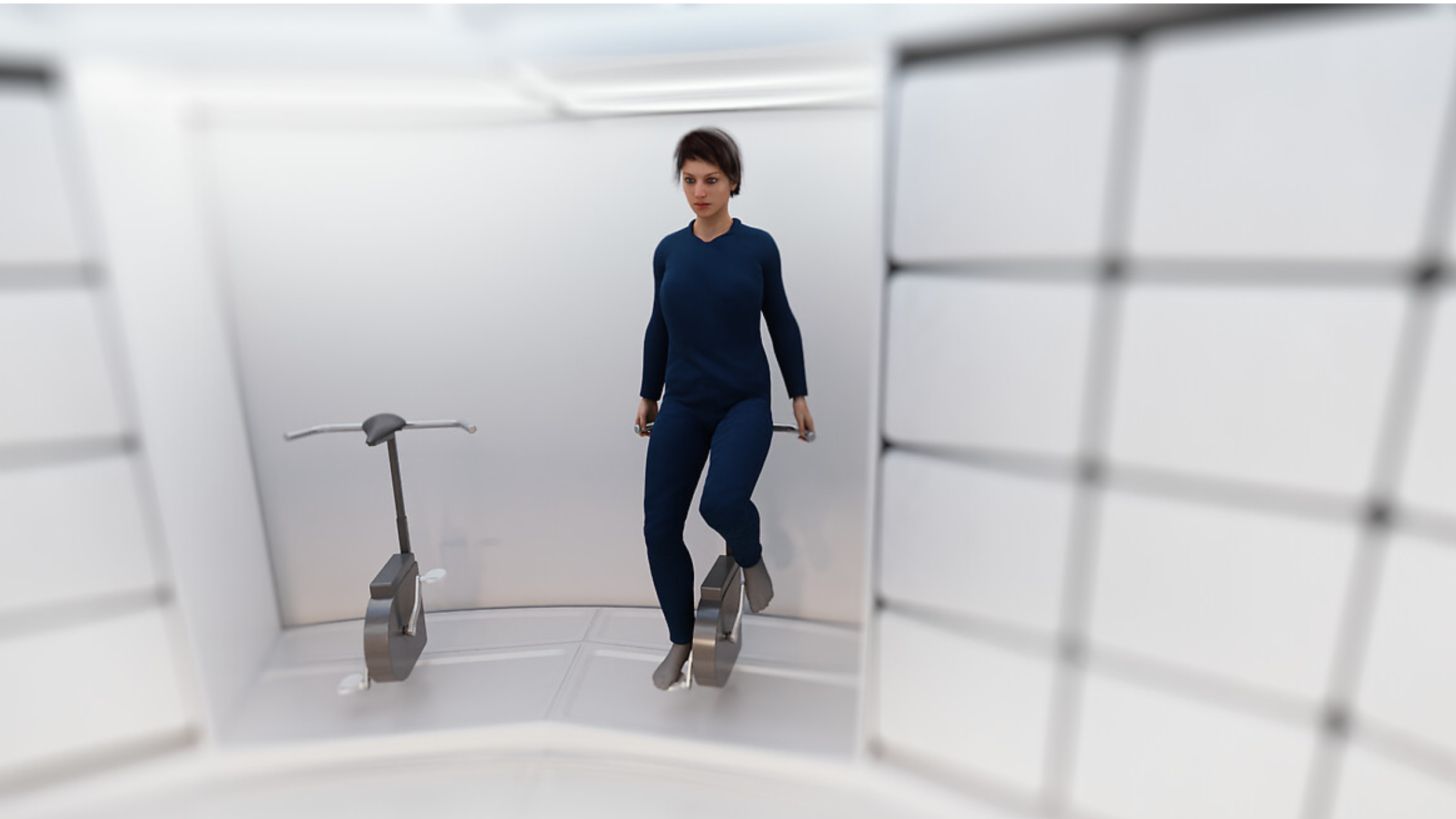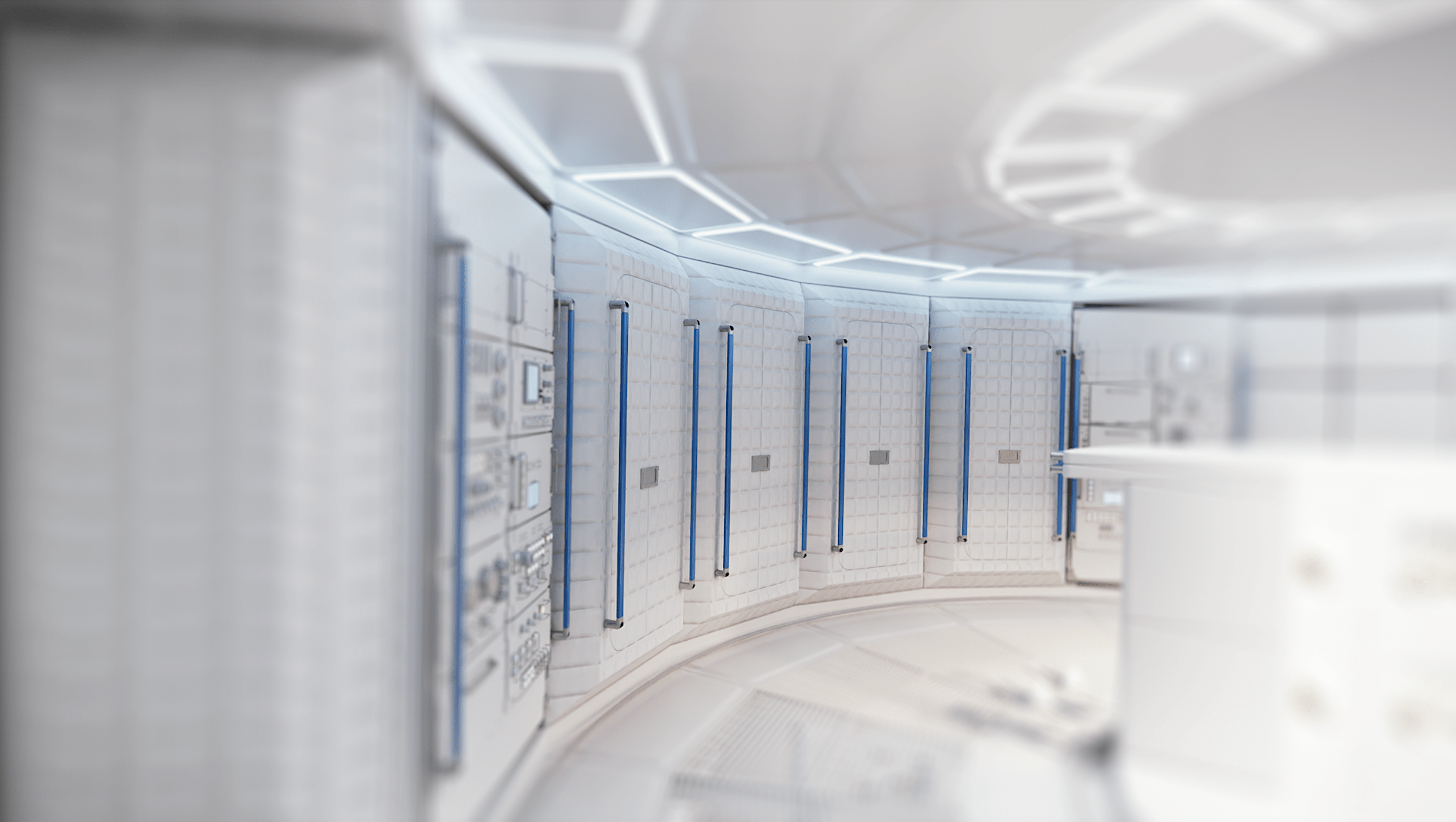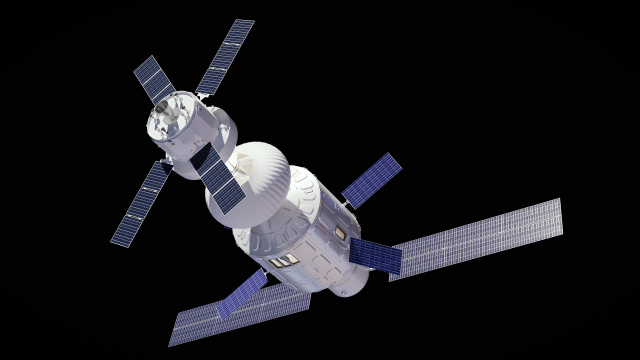European company Airbus unveiled a sleek, modern concept for an orbital module designed to host four astronauts in low Earth orbit, lunar orbit, and possibly during future missions to Mars.
This week, Airbus shared a set of illustrated images showing the interior of Airbus LOOP, the company’s answer to the International Space Station (ISS) after it retires in 2030.
Three stories high

The futuristic space habitat is made up of three decks: the top floor is for astronauts’ living quarters, the second floor is for science experiments, and the bottom floor has a centrifuge to recreate gravity-like conditions and reduce the effects of weightlessness on the human body, according to Airbus. A greenhouse tunnel runs through the middle, intersecting all three decks and connecting them together to provide astronauts with the option to grow plants and food in space.
Habitation station

Airbus LOOP is designed for astronauts’ comfort, with the inside of the module stretching across 7.92 m across (eight meters), according to Airbus. The space station is meant to host four astronauts at a time, although it could accommodate upwards of eight astronauts.
Far out workout

It also has an orbital gym for astronauts to exercise while on board. Astronauts regularly workout on board the ISS to counter the effects the microgravity environment has on their bodies. Airbus wants to create artificial gravity on board the bottom deck of its future module so that astronauts may get temporary relief from their orbital weightlessness, which erodes muscles and bones.
More space for astronauts

The company designed its orbital module to be stationed around Earth, the Moon, or even Mars, whether it be attached to commercial or government-owned infrastructure in space. “The Airbus LOOP is designed to fit with the upcoming generation of super-heavy launchers that can launch an entire module in one piece,” Airbus wrote. “Thus, the Airbus LOOP is immediately operational once in orbit, ready to host humans and payloads.”
Inside the science deck

Airbus has some experience building orbital modules. The company built the European Columbus module that launched in 2008 to the ISS. Columbus is a multifunctional pressurised laboratory permanently attached to the space station’s Harmony Module.
The habitation deck

Airbus is framing LOOP as the next-generation ISS, which is due to end its 30-year reign in low Earth orbit. After the ISS retires in seven years, NASA is looking to collaborate with private companies on other space stations in orbit. NASA has called on its commercial partners Blue Origin, Axiom Space, NanoRacks, and Northrop Grumman to develop concepts for a space station under the space agency’s Commercial Low-Earth Orbit Development Program.
Crew quarters

Airbus isn’t the only private space company looking to build an orbital station. Axiom Space is planning on sending the first module of its space station in 2025, followed by a second module in 2026. It’s not yet clear when Airbus will start building its ambitious orbital module or when we might see this structure in low Earth orbit.
